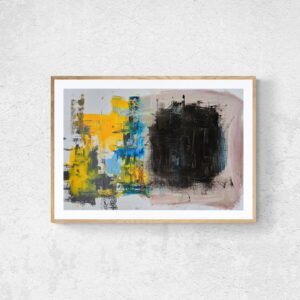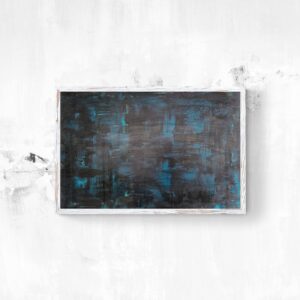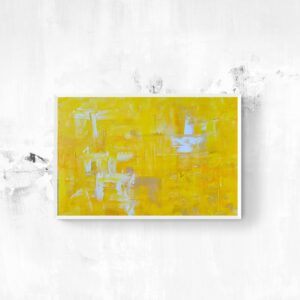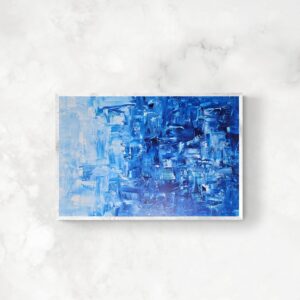

“How generous and kind Heaven sometimes proves to be,” mused Italian Renaissance artist and historian Giorgio Vasari, “when it brings together in a single person the boundless riches of its treasures and all those graces and rare gifts that over a period of time are usually divided among many individuals.” Writing in his foundational 1550 Lives of the Artists, Vasari was describing none other than Raffaello Sanzio da Urbino — known as Raphael — the High Renaissance titan who was, in his words, among our “mortal gods.”
Though centuries have passed since this text was written, Raphael’s masterful synthesis of clarity, beauty, and harmony remains resonant, as evinced by the announcement of a major upcoming exhibition of the artist’s work at the Metropolitan Museum of Art. Raphael: Sublime Poetry, opening in the spring, will feature more than 200 drawings, paintings, tapestries, and decorative works by the illustrious artist in the first comprehensive international loan exhibition in the United States dedicated to his oeuvre.

The show is set to include works from more than 20 private and public collections around the world, including the Vatican Museums, which holds Raphael’s iconic frescoes like “The School of Athens” (1509–11); the Louvre in Paris; Uffizi Galleries in Florence; the National Gallery of Art in Washington, DC; and Museo del Prado in Madrid. Seven years in the making, the show is curated by Carmen C. Bambach, an Italian Renaissance art scholar in the museum’s Department of Drawings and Prints who previously worked on The Met’s blockbuster exhibitions Leonardo da Vinci: Master Draftsman (2003) and Michelangelo: Divine Draftsman and Designer (2017–18).
Many of these pieces, The Met’s Director Max Hollein said in a statement, have never before been shown together — making the exhibition an “exceptionally rare opportunity” to explore the depth of Raphael’s artistry.

Raphael: Sublime Poetry will span the artist’s early years in Urbino to his untimely death at the age of 37 in Rome, tracing the development of his ideas and creative process across his lifetime in a roughly chronological order. Thematic presentations — including recent scientific research, preparatory drawings, and a focus on his approach to portraying women — will aim to contextualize Raphael’s practice in a new light.
Among the masterpieces on display will be Raphael’s oil portrait “Portrait of Baldassare Castiglione” (1514–16), which depicts the eponymous Italian diplomat in an intimate, soft lighting and striking, realistic detail, and his tender “Virgin and Child with Infant Saint John the Baptist in a Landscape (The Alba Madonna)” (1510), which showcases the artist’s expertise in color and balance.

Sublime Poetry will notably examine Raphael’s work through the lens of his “unique artistic personality.” Vasari, in his extensive chapter on Raphael’s short but prolific life, praised not only the painter’s embodiment of Renaissance virtues but also his enviable social ease, which earned him friends, patrons, and the admiration of artists and assistants in his workshop.
“Nature created him as a gift to the world,” Vasari wrote. “After having been vanquished by art in the work of Michelangelo Buonarroti, it wished to be vanquished through Raphael by both art and moral habits as well.”
The show is slated to open on March 29 and run through June 28.






